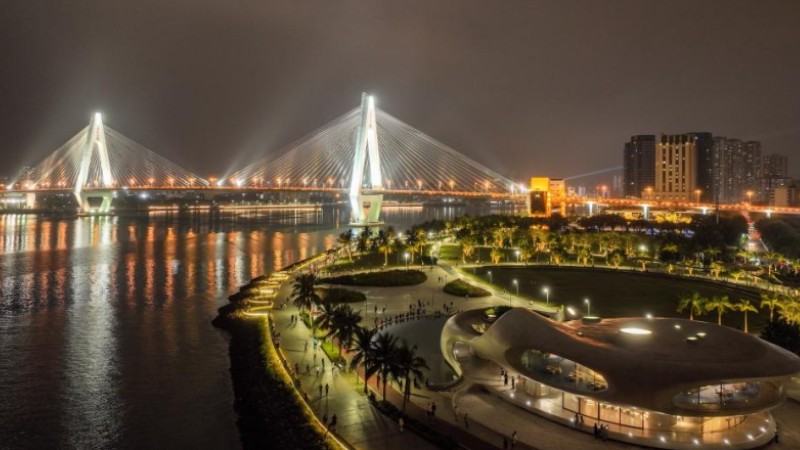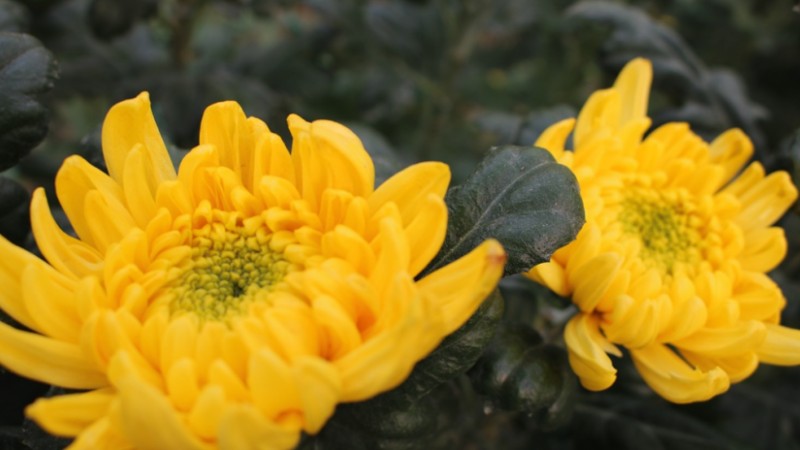Italian architect impressed by China's tradition, modernity balance
CHONGQING, April 11 (Xinhua) -- For Mario Cucinella, the high-density building clusters on the hillsides, an urban landscape embraced by rivers, and the colorful and dynamic life experiences in southwest China's Chongqing Municipality, conjure up a vision reminding him of Palermo, the city where the Italian hails from.
Cucinella, a 63-year-old architect, focuses on creative ideas and relations between buildings and nature. He visited China recently for Italy Design Day held in Chongqing and served as the event's ambassador this year, sharing his sustainable design ideas with scholars and the public.
Cucinella began to participate in architectural design in China back in 2006, when Italy and China launched their first eco-friendly building demonstration cooperation project.
The Beijing China and Italy Tsinghua Environmental Energy Building, his first project in China, is now Tsinghua University's landmark building. With a general design concept of energy conservation and environmental protection, it has shown China's ambition for reducing carbon dioxide emissions.
Cucinella also designed another green building in Ningbo, east China's Zhejiang Province, China's first building with zero carbon emissions. The building at the University of Nottingham Ningbo China serves as the sustainable energy research center on campus and is over 50 percent more energy-efficient compared with other buildings of its kind.
The Italian enjoys traveling in China as the country boasts multiple terrains and cultures in different regions, which can help him enrich his understanding of architecture.
He was awed by the renowned Guilin landscapes in south China and the local traditional residential buildings in east China's Fujian Province. The way in which China has managed to preserve its past within modern society also wowed the Italian.
"I can really see the roots of China. They are not disappearing," said Cucinella, adding that the combination of tradition and modernity is very strong and remains resilient, clearly showing the development history and path of modern Chinese cities.
Cucinella has found many similarities between Italian and Chinese culture in fields of urban design, landscape planning and public space construction. He is very fond of the way traditional Chinese architectures deal with colors, wooden structures and other details, which have inspired many of today's buildings.
The Italian is also attracted by China's urban renewal drive in recent years. He likes the challenging ideas of restoring and redeveloping previously developed land in urban areas, revitalizing old industrial areas and creating "green lungs" for modern cities.
In Chongqing, he saw a patch of riverbank exposed in the dry season along the Jialing River, which has become a public space for the citizens to have fun in the water. Such harmonious scenery coincides with his design philosophy.
"It's interesting the way that the Chinese are looking for this idea of sustainability. The landscape work is very interesting, from how to use nature, to clean soil and clean water. And also they have some action against pollution," said Cucinella.
Photos
Related Stories
Copyright © 2023 People's Daily Online. All Rights Reserved.









